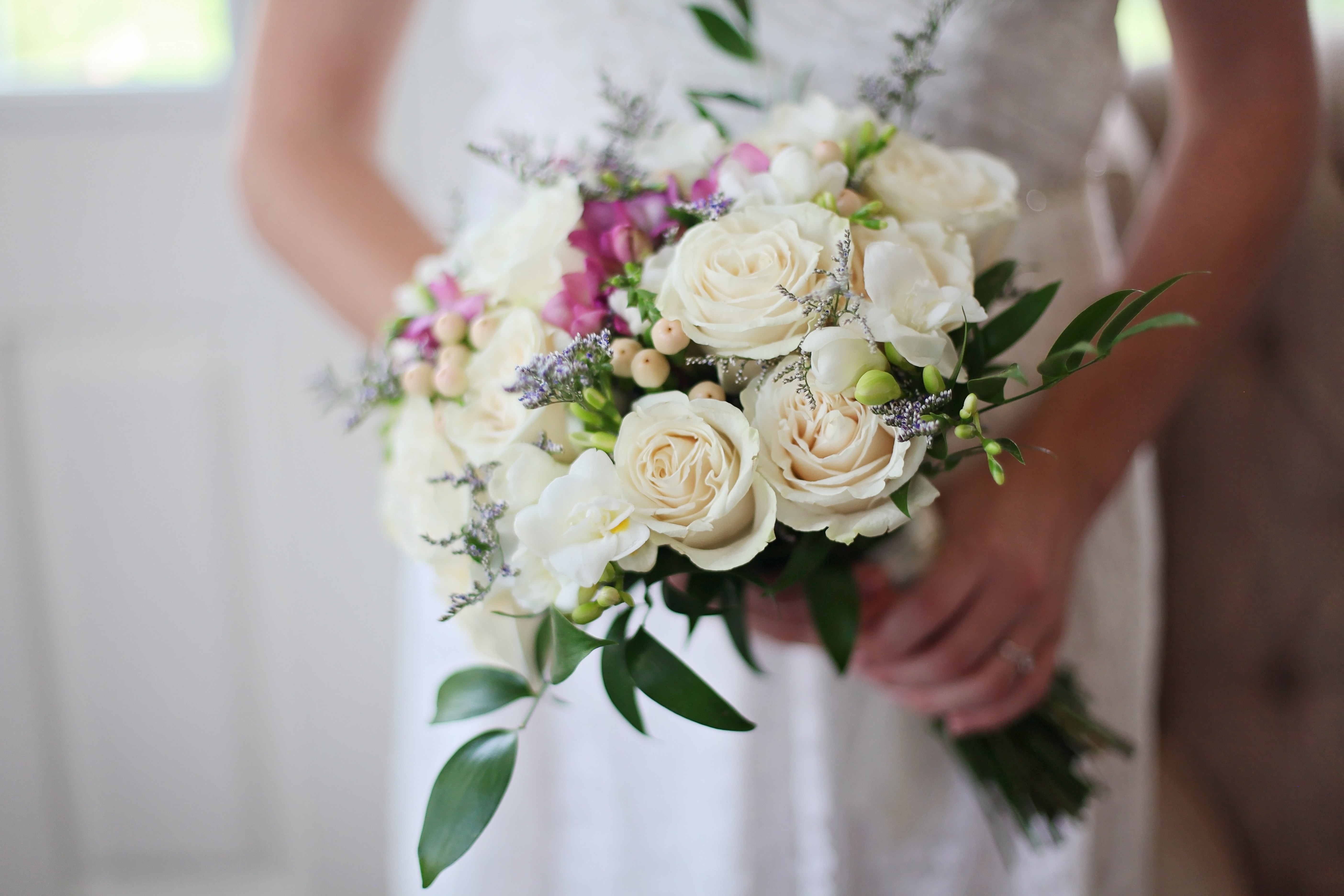It’s been a month since our very own Stacy became a Mrs. As all good coworkers do, we threw her a surprise shower before the big day. Scanning her wedding registry to pick out the best gift got me thinking. Four women from the Ketner crew in Austin have now tied the knot. So, as the retail industry has evolved, how have our registry experiences differed?
From Catherine’s nuptials in 2003 to the Tung wedding over Memorial Day weekend, a number of things have changed.
Quick facts:
- Wedding years represented – 2003, 2012, 2015, 2019
- Retailers represented for wedding registries – Target, Amazon, Bed Bath & Beyond, Crate and Barrel, Pier 1
- What were the biggest differences? A shift away from formal wedding china to post-wedding travel funds.
- And where did we find common ground? Come on, who doesn’t like getting gifts?
Going to the Chapel…and the Store…and Online
The argument in the industry is that despite the rise of e-commerce, brick-and-mortar retail isn’t dead. That trend can be seen in our wedding registry experiences too. Almost 17 years ago, Catherine and her husband did their registering in-store. This meant they didn’t have online access to make changes or sneak peeks to see what was purchased. Fast forward to my wedding in 2012, and Stacy’s this year. You’ll see that the store still has an important role. We enjoyed going in-person to kick off the act of registering, but found the digital experience helpful for reading product reviews and managing our lists.
In the movies, you’ll see couples buzzing excitedly through the store, using a barcode scanner to add to their wishlist. Stacy and her now-husband Alvin found that aspect of registering fun! My husband Thomas and I enjoyed the private event Crate and Barrel hosted (and still offers today). Engaged couples are allowed into the store early Sunday mornings for undistracted registering. Plus, there’s wedding vendor promos and free samples. Cake before lunch? Yes, please!
Love and Marriage, But Don’t Forget the Honeymoon!
Mariana and her husband Richie shared a home before their big day, which influenced their decision for how and where to register. Their two-bedroom apartment was pretty cozy, so they signed up for a Honeyfund account instead of a traditional wedding registry. What they wanted more than bedding or kitchen gadgets was to share experiences together. Through Honeyfund, family and friends could gift the travel-loving Fischbachs a surf lesson or a snorkeling excursion for their Hawaiian honeymoon. Although Mariana did say they received several Home Depot gift cards, which were spent pretty quick!
While Stacy and I share some similarities in our registry experience, Mariana and Catherine also have some parallels. Where they overlap is specific to their housing’s influence on wedding gift requests. While the Fishbachs opted for experiences over “things” because they were saving for a down payment, the Seeds were building a home. For this reason, Catherine needed practical things like end tables and a coffee table for their living room. She was also excited to pick out China settings. While she doesn’t use it often now, Catherine loves having something she will pass down to her kids.
I Do…Love Wedding Gifts
Wedding season is underway, and we’re not the only ones contemplating the evolution of registries. Just last week, Retail Dive reflected on the history of the traditional registry, and Honeyfund’s founder gives her perspective there also. Here’s a stat we found interesting. Despite emerging trends around experiential requests and cash gifts, The Knot found that 97% of couples this year say they registered for retail products.
Since we obsess over retail data for clients during the week, it’s fun when we get to discuss the overlap into our lives as consumers. Our conclusion is that retailers who will find relevance with the brides and grooms of tomorrow will be the ones that mirror broader retail trends. These retailers will provide options for both the thrill of in-store memory making, plus convenience and practicality too. Retailers should see wedding registries as a way to build brand loyalty, as couples associate a retailer with a joyful time in their lives.




